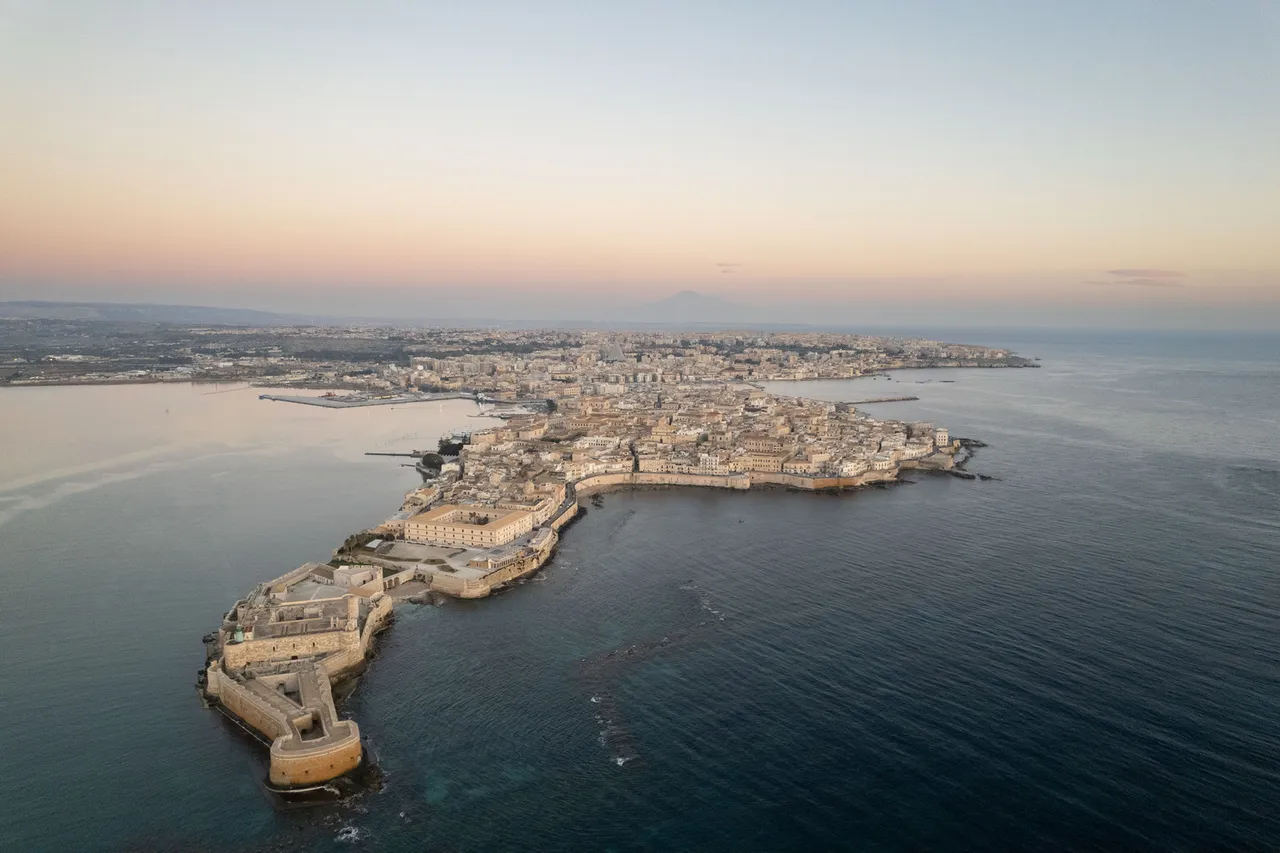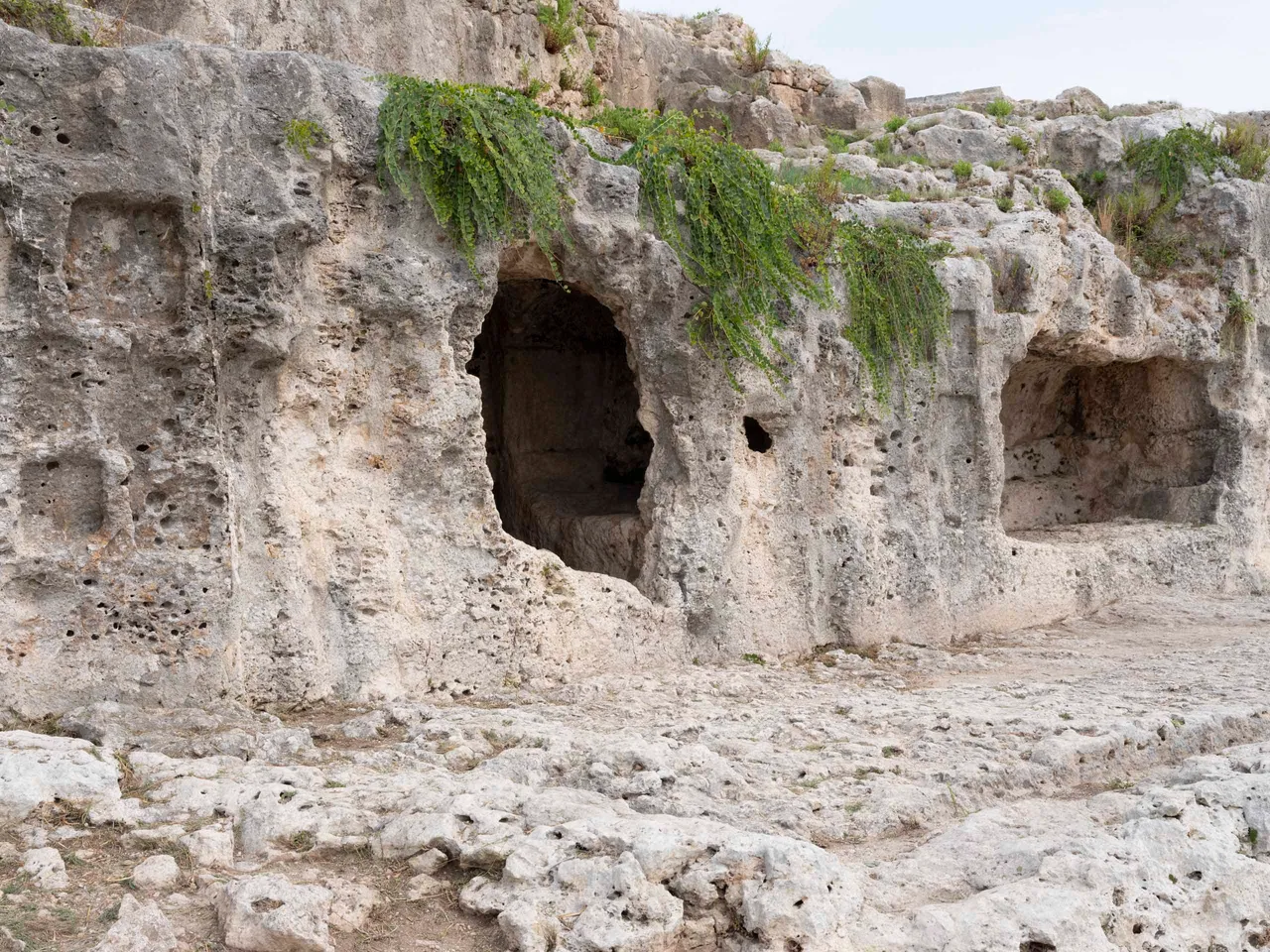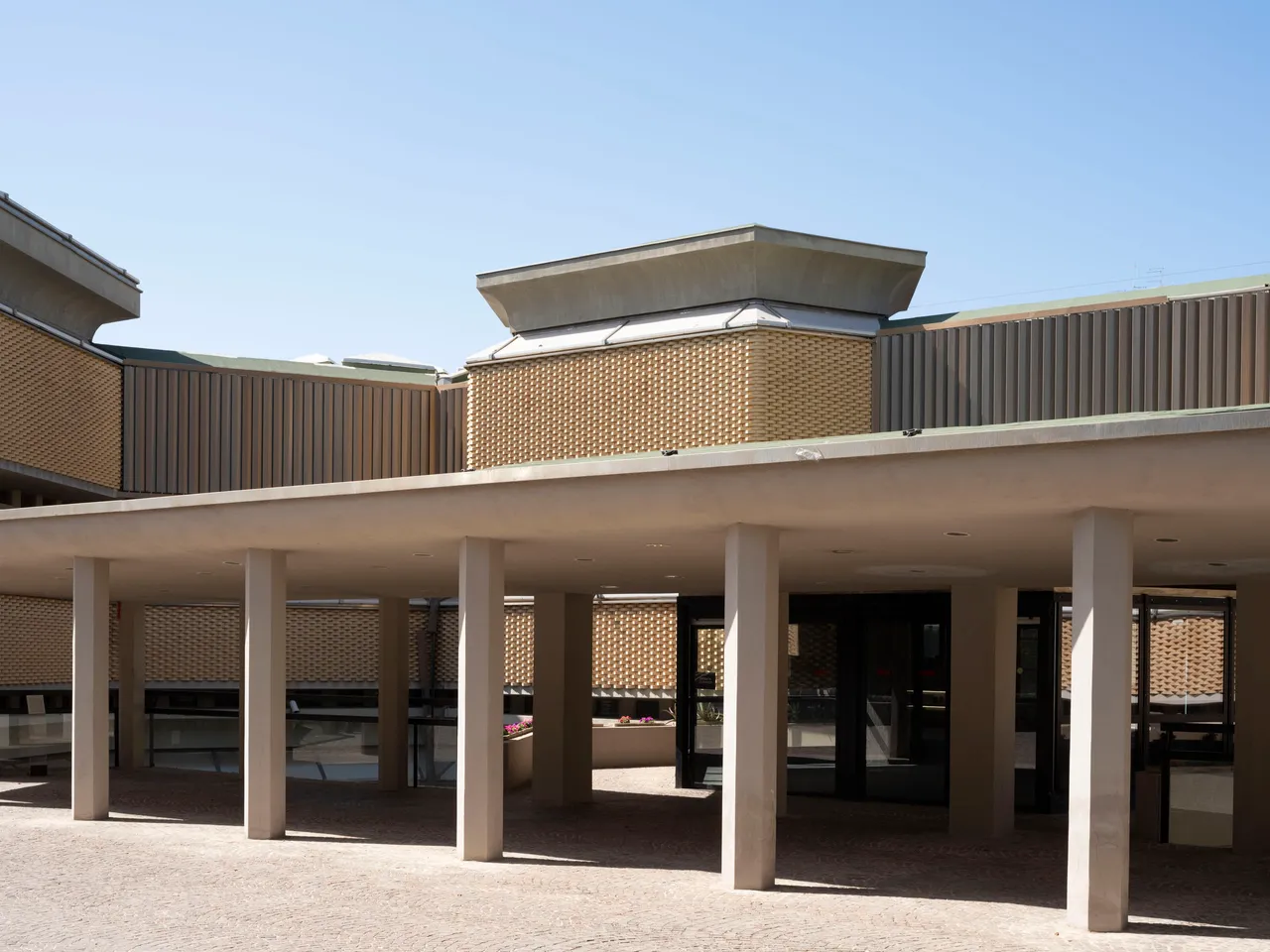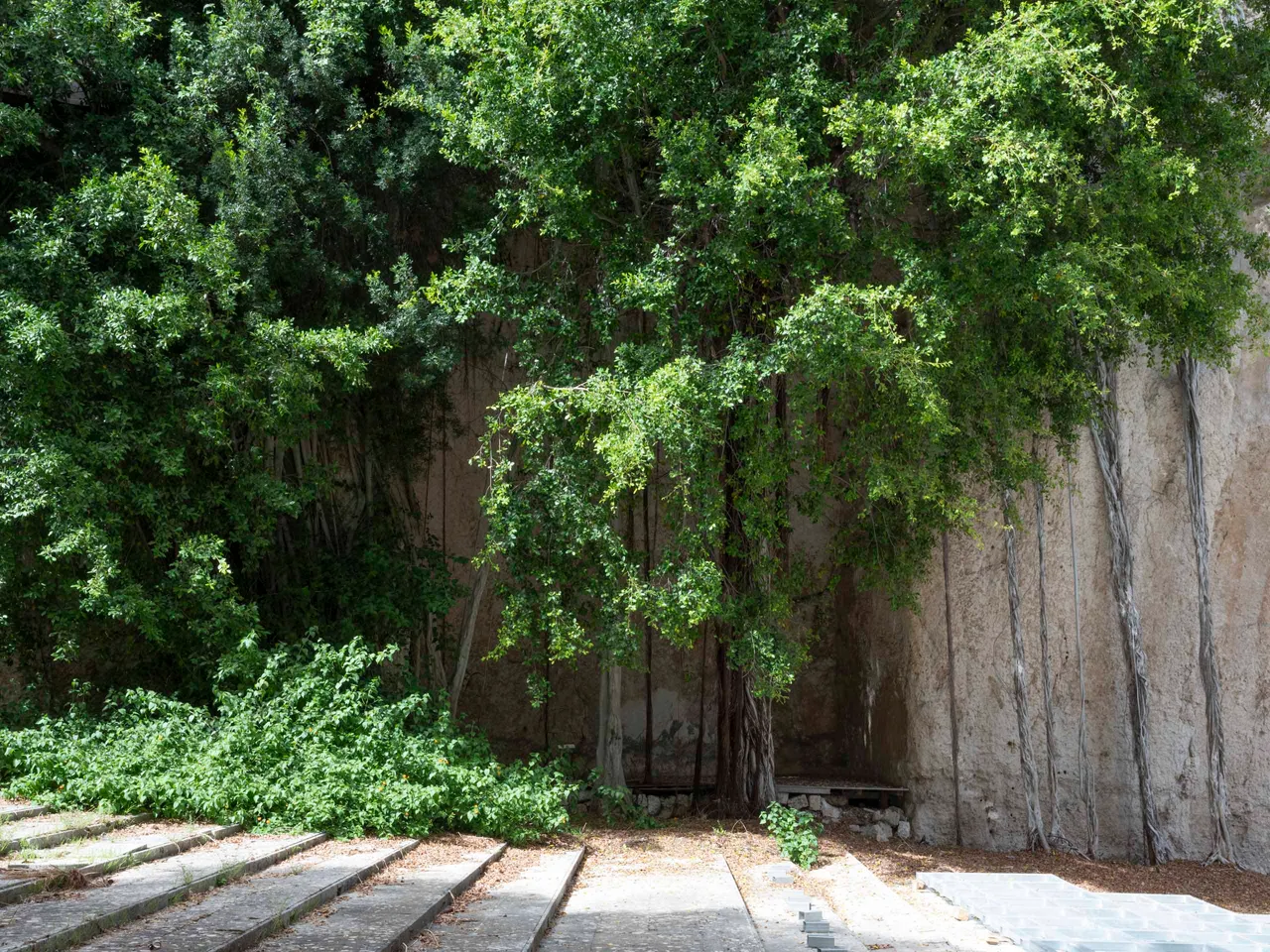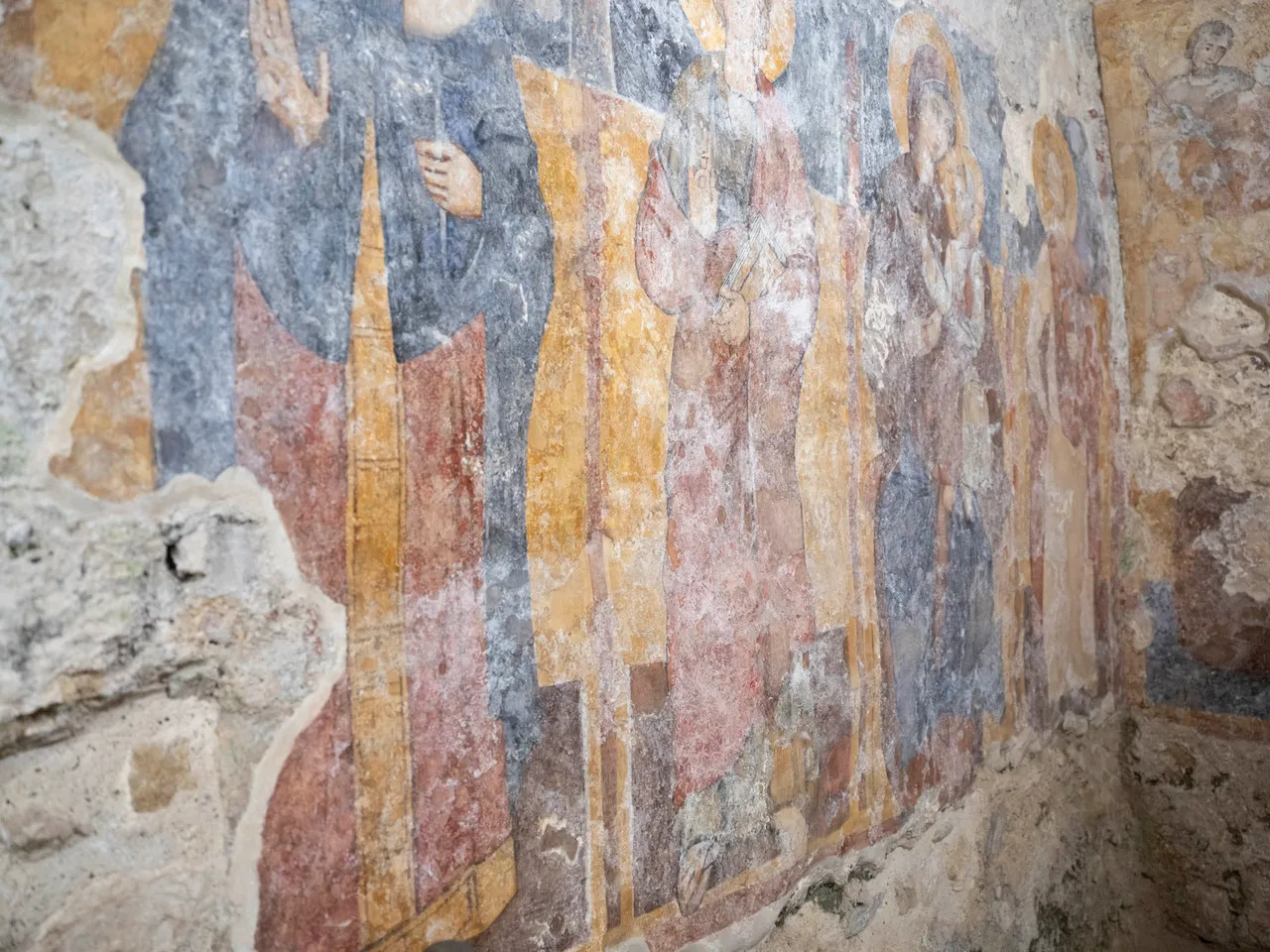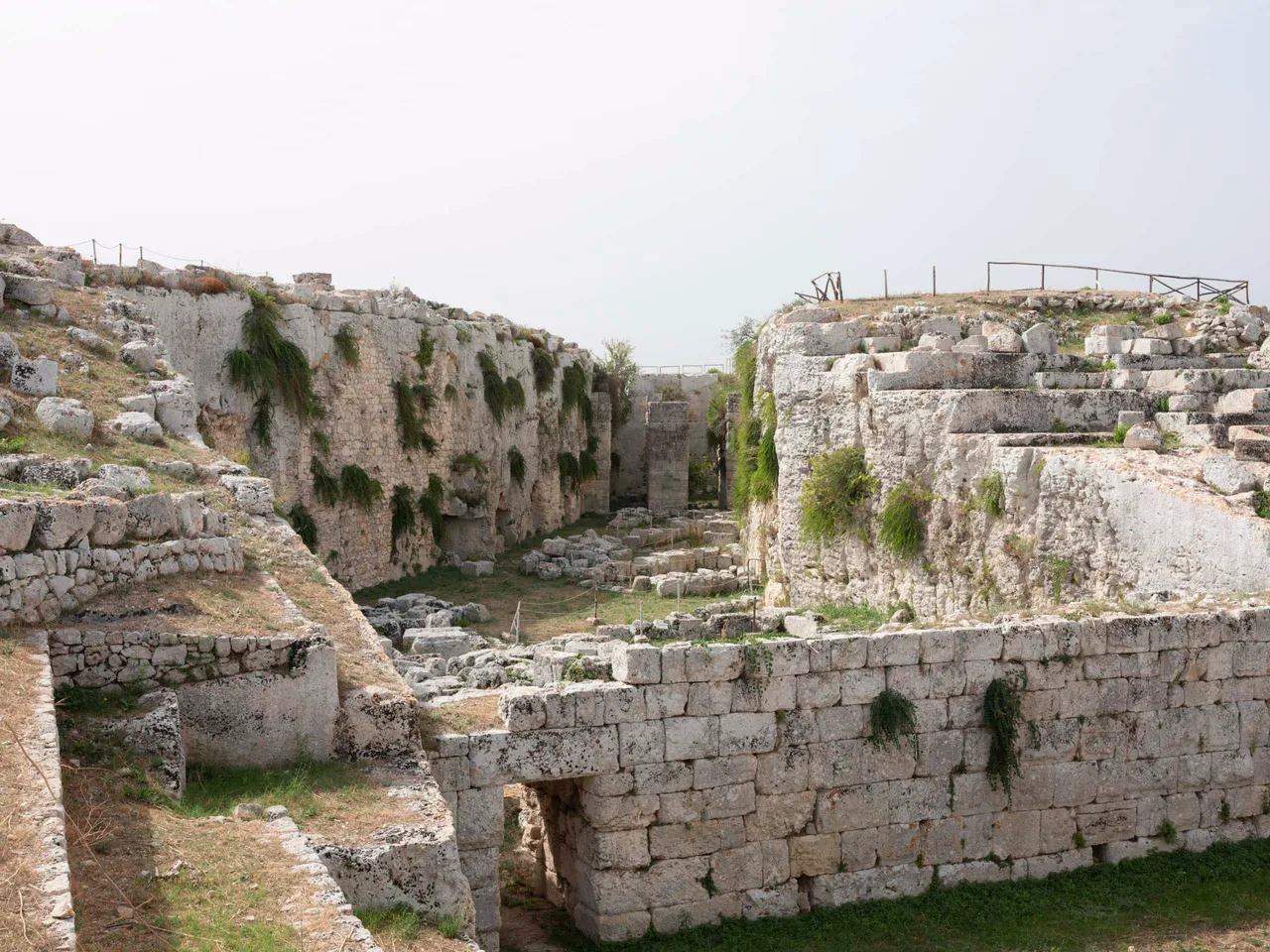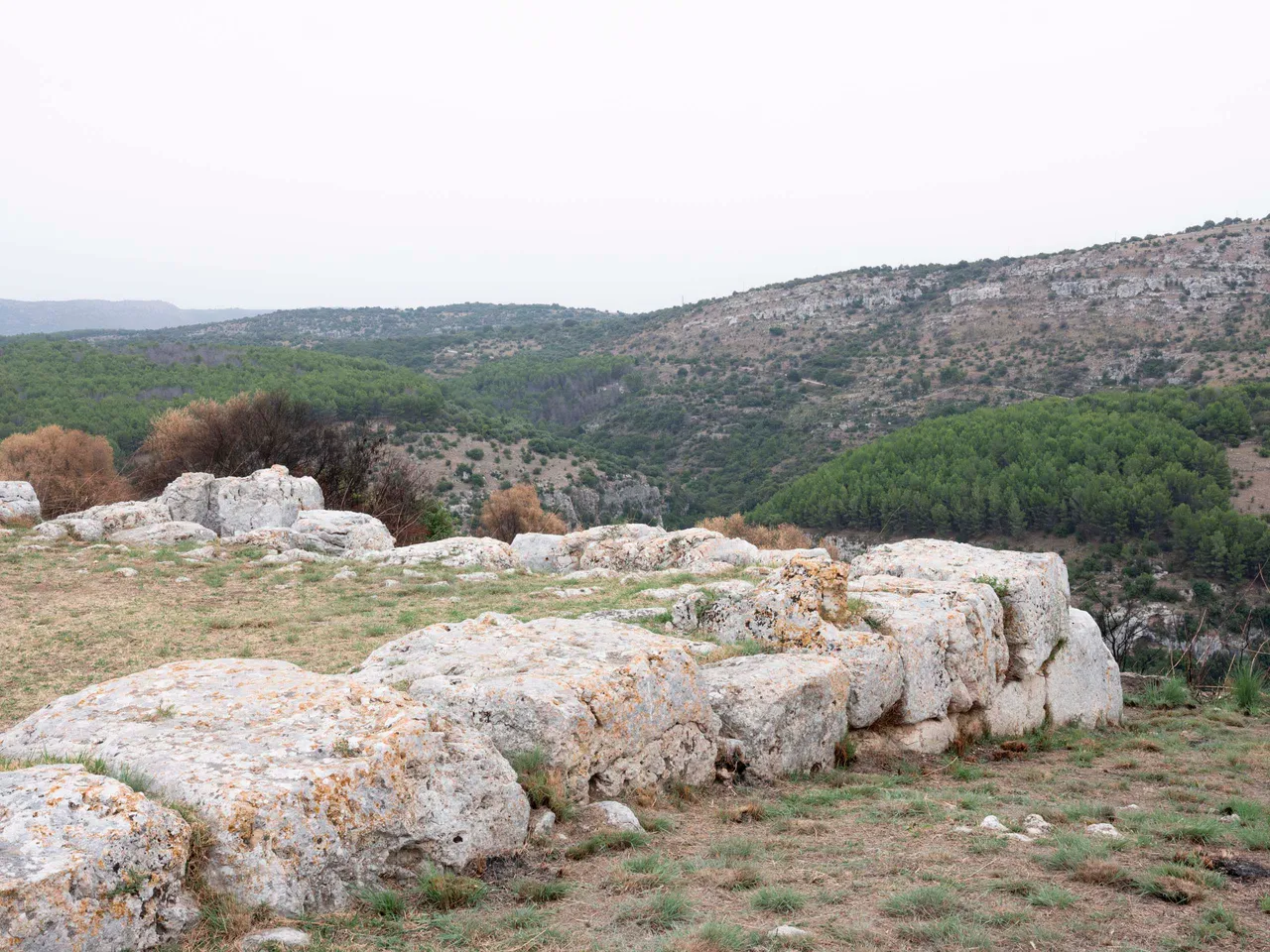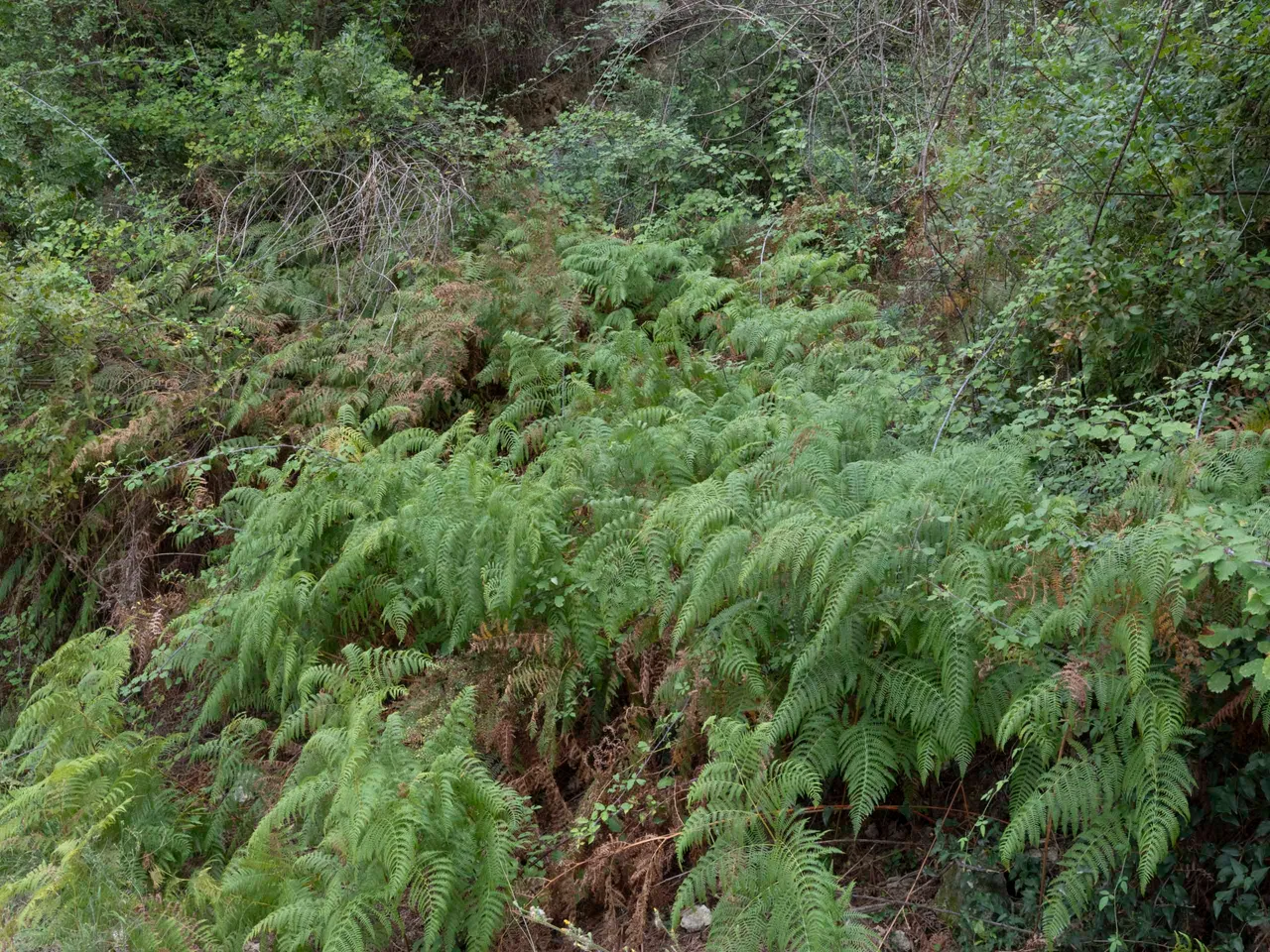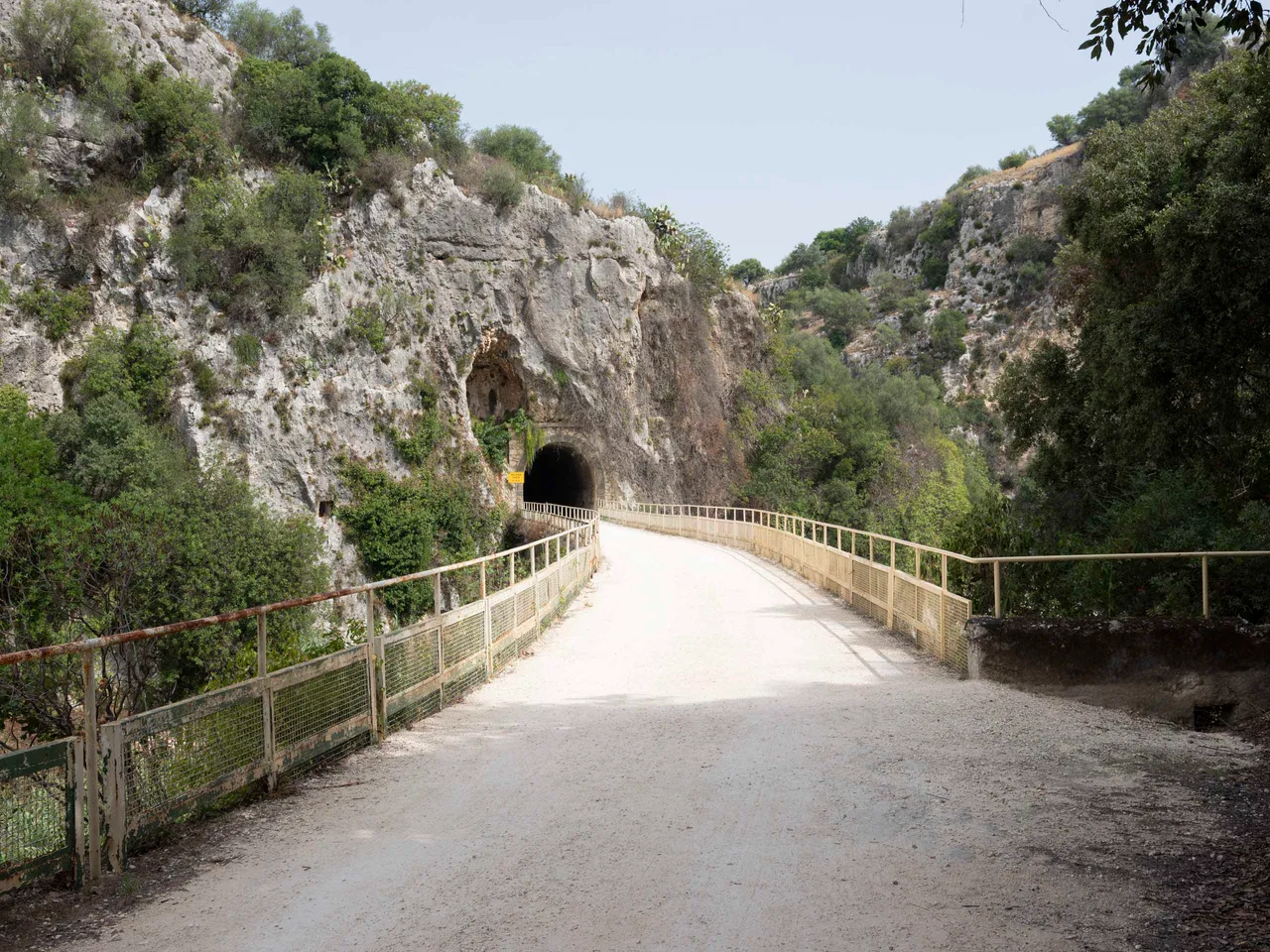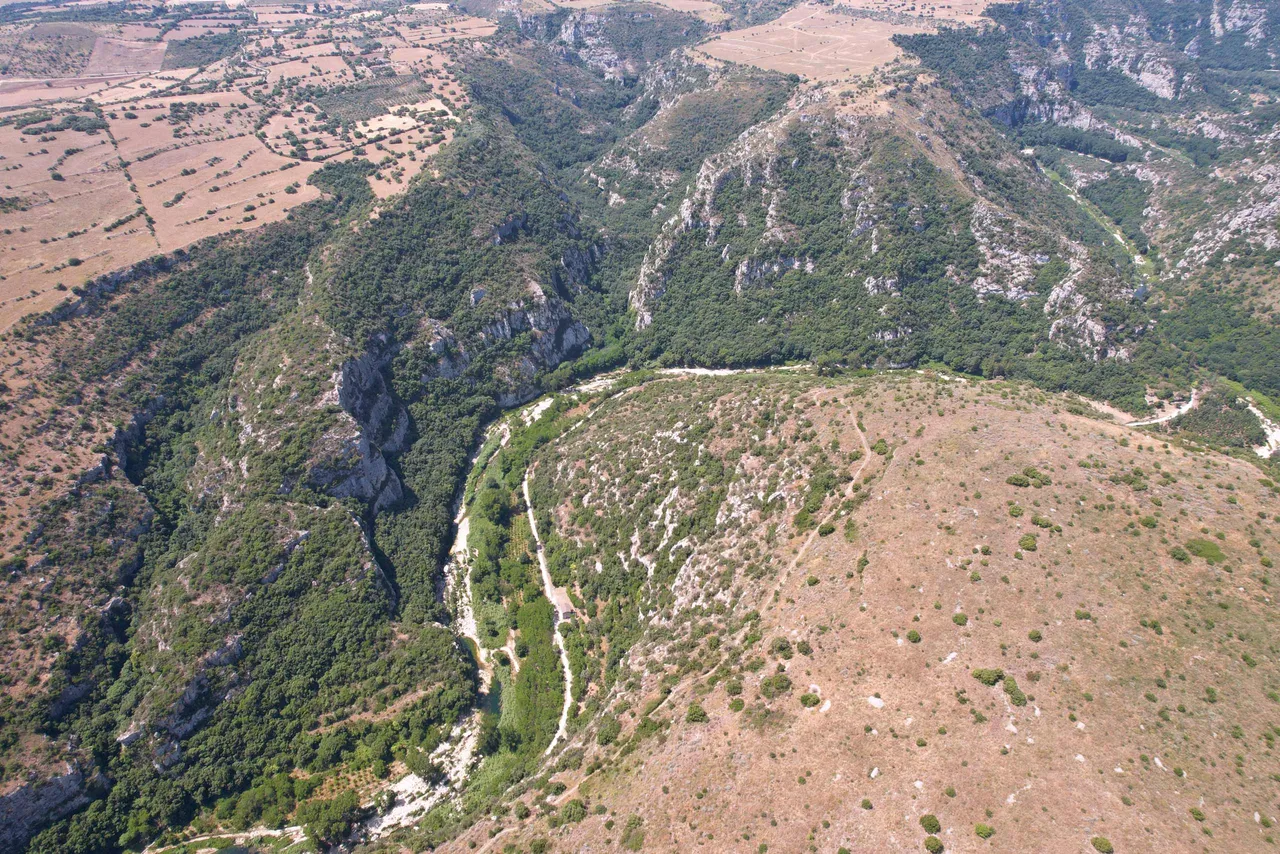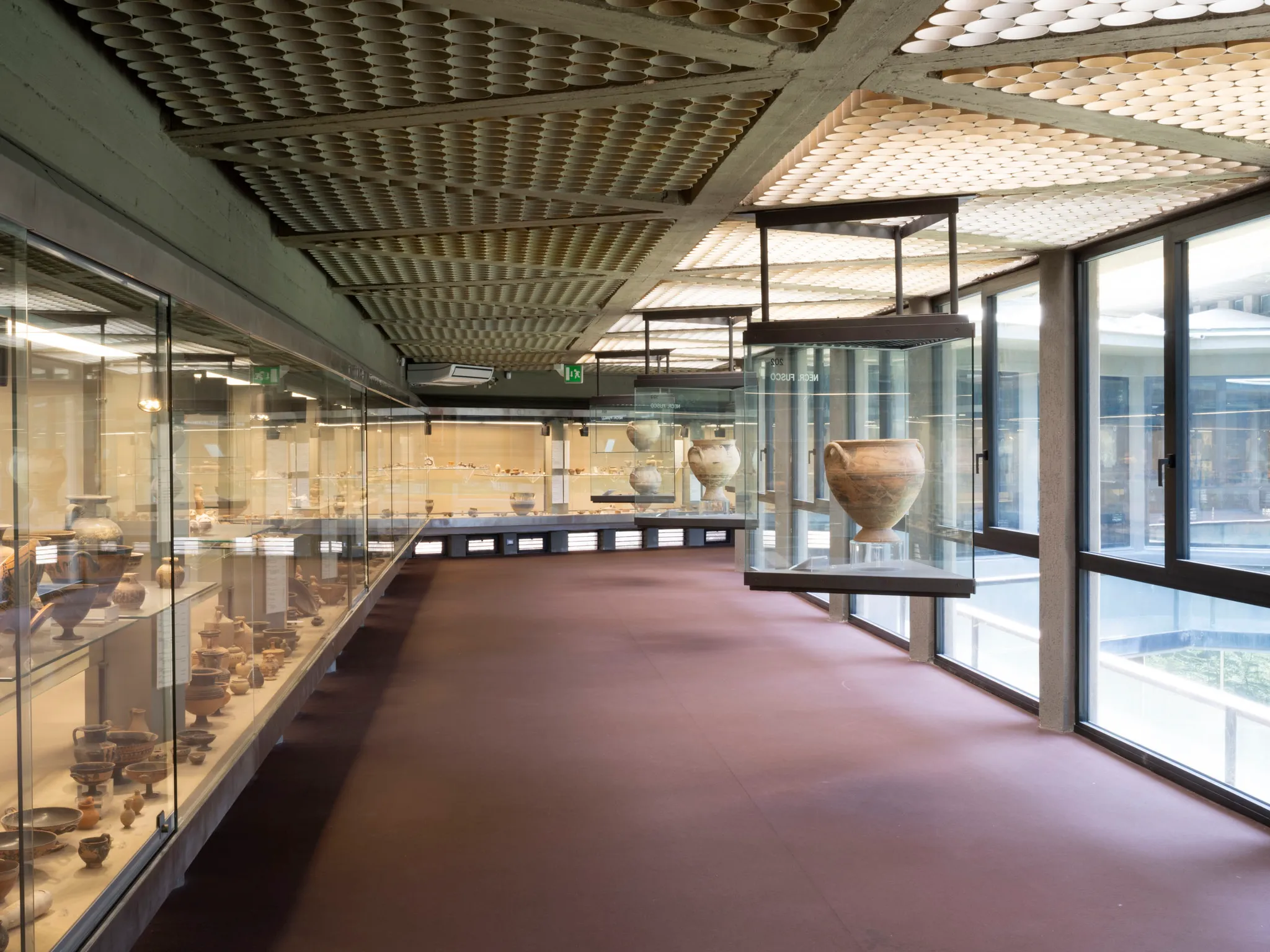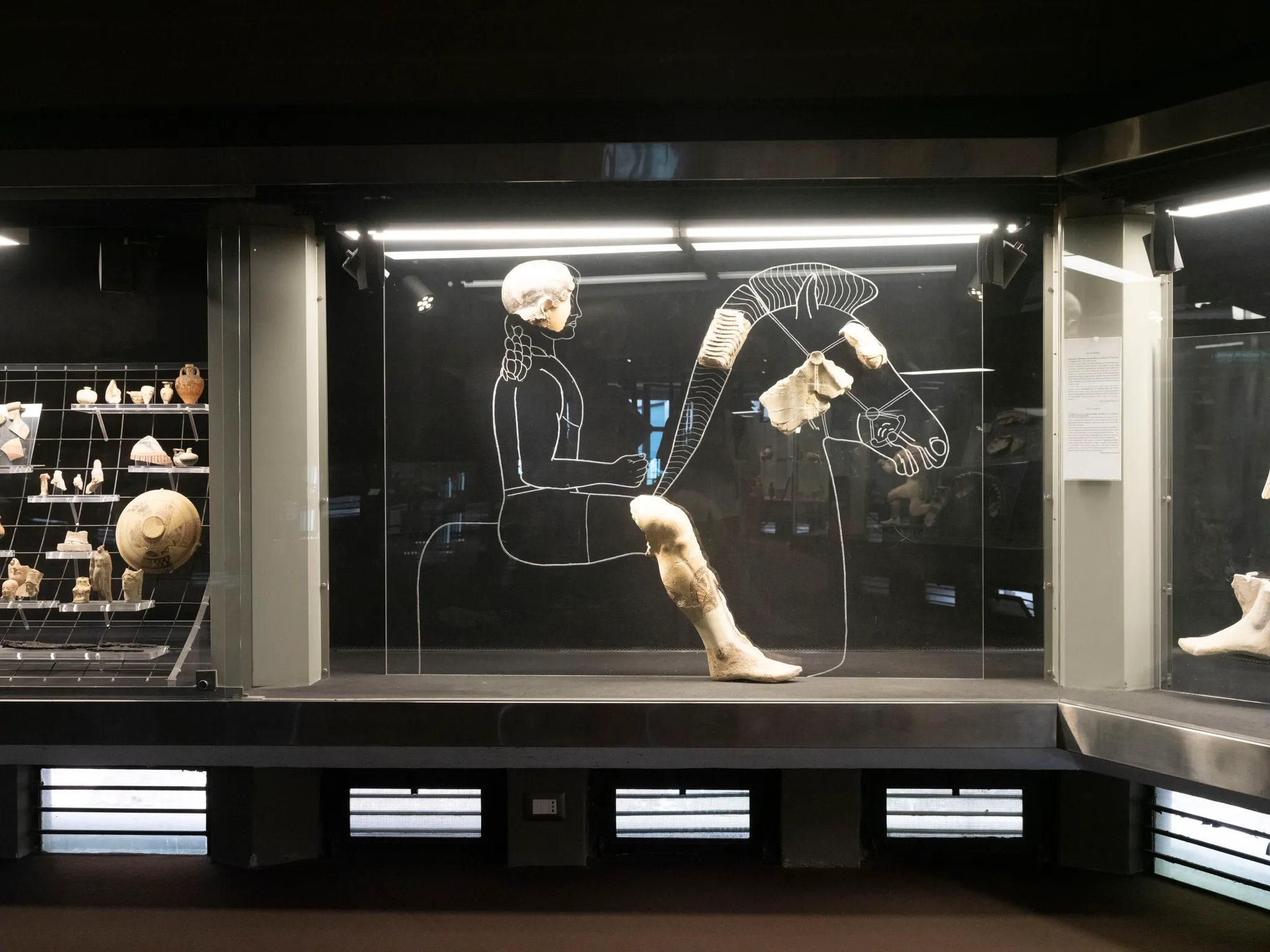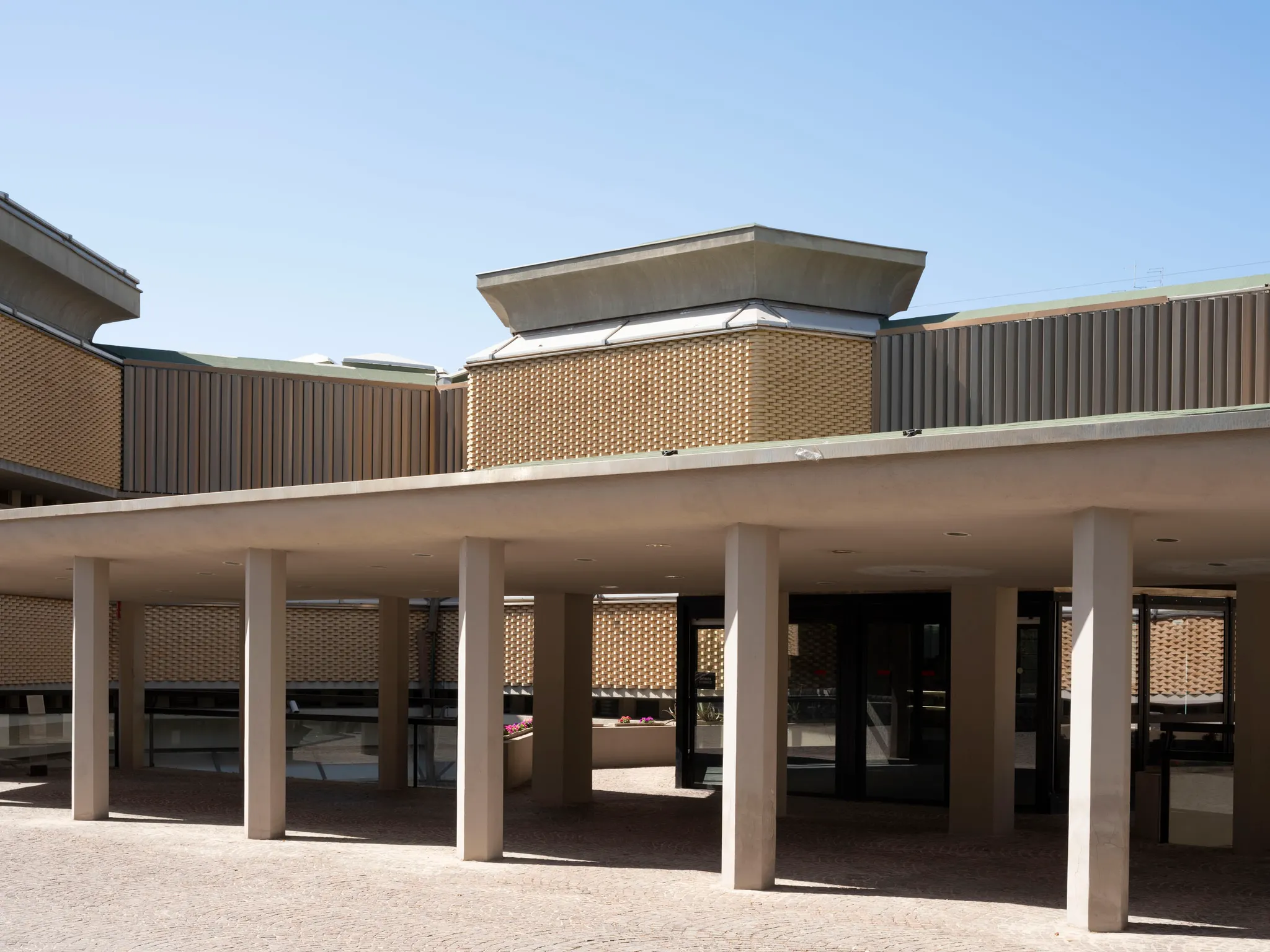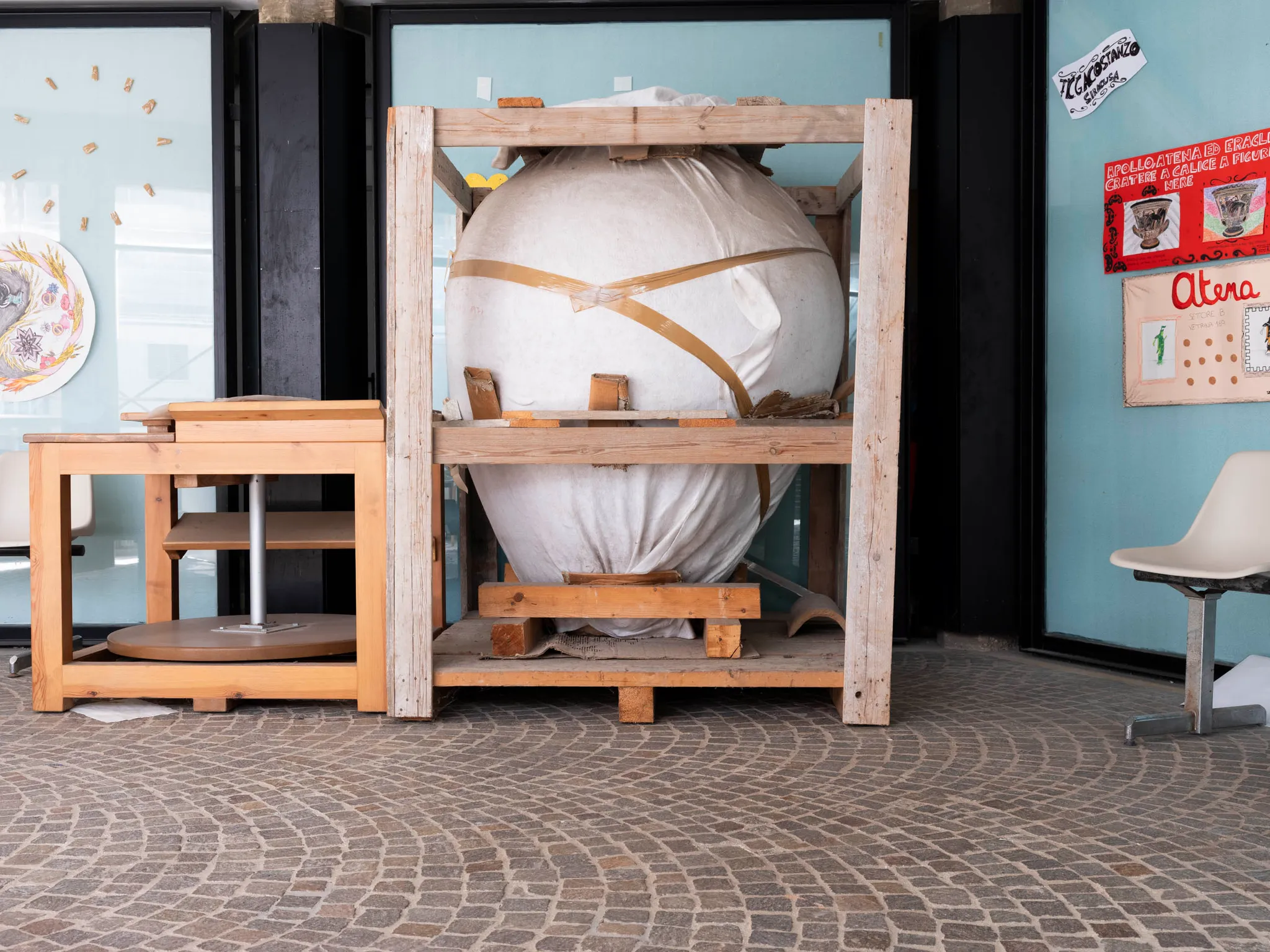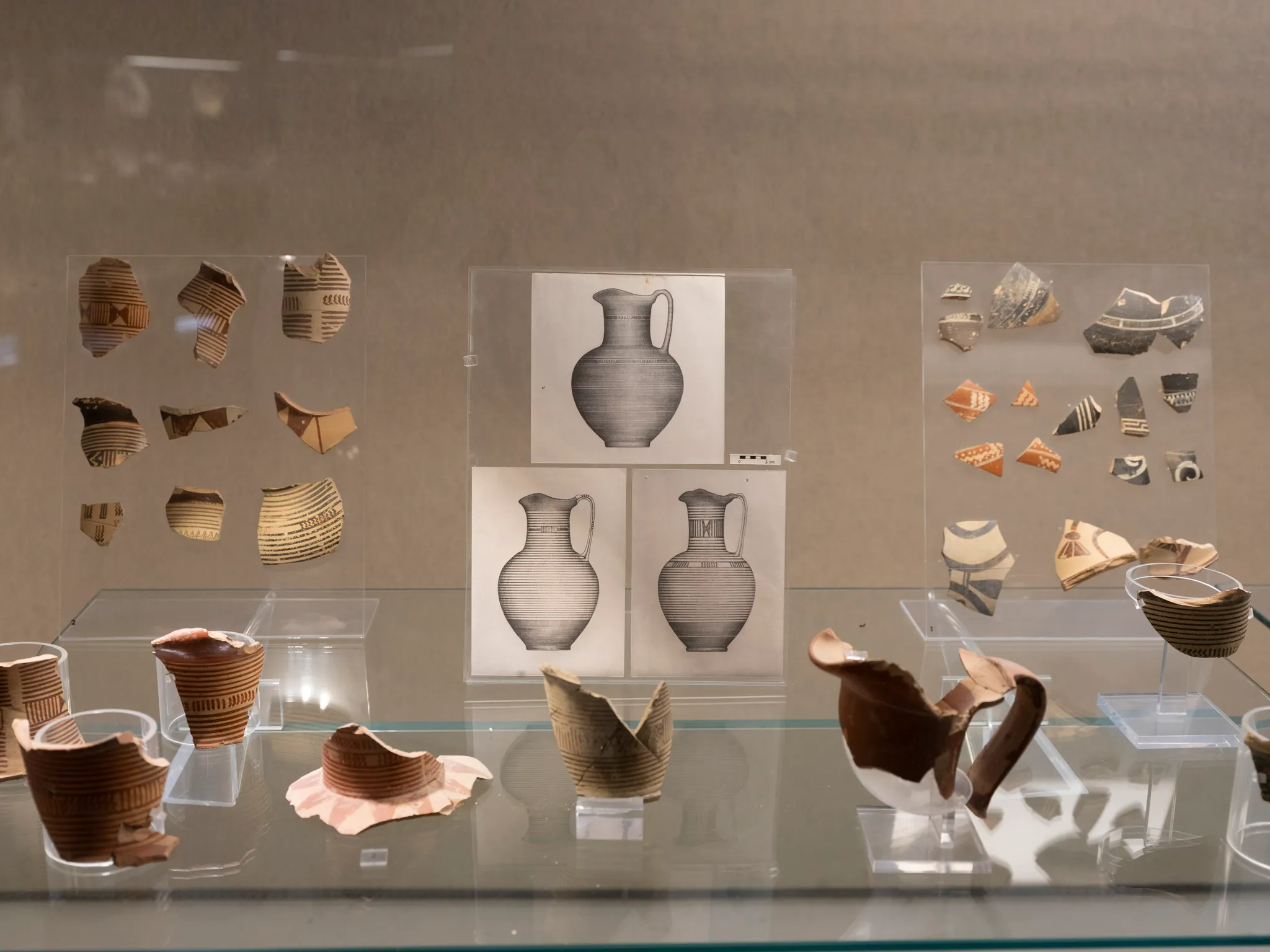After exploring the Archaeological Park, a short distance away is the museum dedicated to Paolo Orsi, the great archaeologist active in Syracuse between the 19th and 20th centuries.
The building, which is located within the gardens that extended around Villa Landolina in the 18th century, was designed by Franco Minissi, a protagonist of Italian museography from the post-war period onwards. It is one of the architect's most successful museums, especially for its educational ambition. The vast selection of materials is presented according to a clear division, suggested by the architectural space. Sector A is dedicated to the different phases of prehistory and protohistory: here the remains of dwarf elephants found in the Spinagallo cave, the tomb door of Castelluccio and the many finds made in the necropolises of Thapsos and Pantalica stand out.
In sector B, the advance of the Greeks in Sicily is followed, with the stages that precede the foundation of Syracuse: thus from Megara Hyblea comes a famous Mother Goddess (550 BC) or from Lentini craters that are masterpieces of vase painting. Then we retrace the extraordinary rise of the Syracusan polis, with the help of large-scale maps that facilitate the understanding of the progressive urbanization and the location of the subcolonies to defend the controlled territory.
The history of the great temple dedicated to Athena (now the Cathedral of Syracuse), erected on the occasion of the victory over the Phoenicians at Himera in 480 BC, is told through reconstruction models and originals that allow us to appreciate the quality of the sculptors charged with executing acroteria and gorgons. It is a cultural irradiation that can be found in front of the most beautiful works of sector C, dedicated to Gela, Agrigento and the subcolonies (Camarina, Casmene and Akrai).
In sector D, the sculptures of Hellenistic Syracuse are noteworthy: initially connecting these fragments with the sources, scholars have tried to rediscover the ancient history of the city. Today, more than anything else, the Head of Aesculapius, the torso of the Eurialo Castle and the Landolina Venus remain impressed in the memory.
If at the end of this itinerary, which takes two or three hours, one still wants to delve deeper, there are the important sarcophagi from the catacombs (the most beautiful is that of Adelfia) or the nineteenth-century tombs scattered around the garden, including that of August von Platen.
